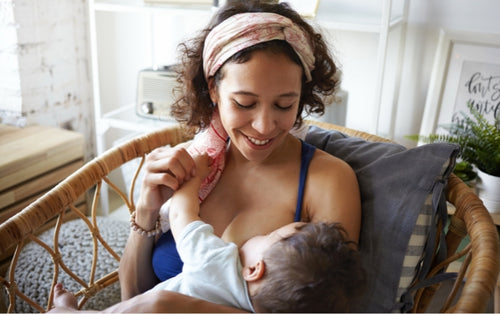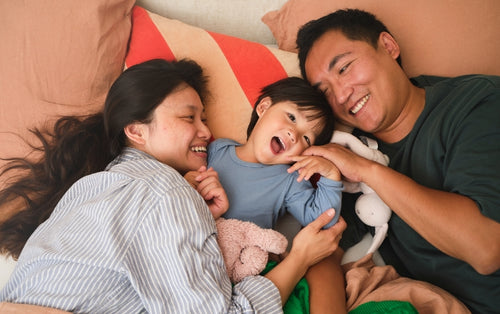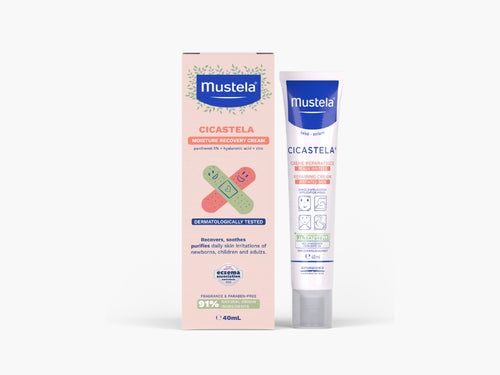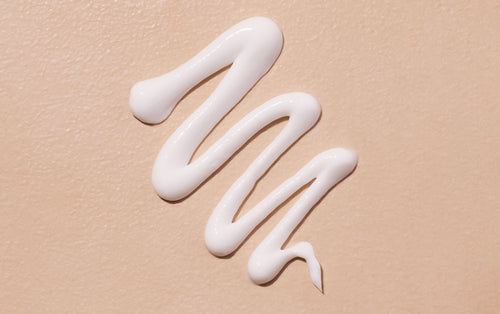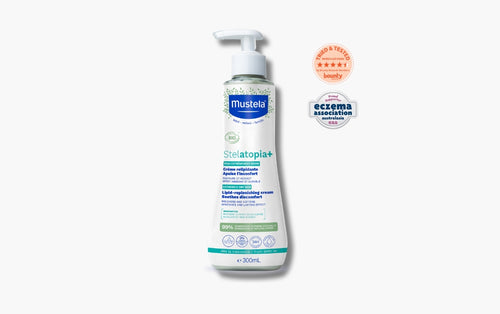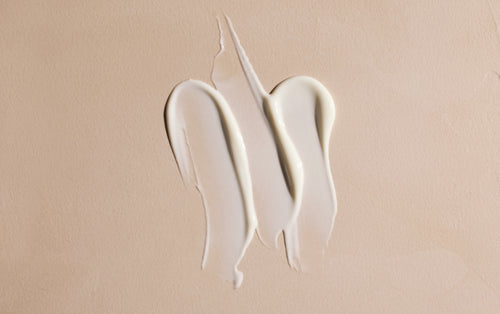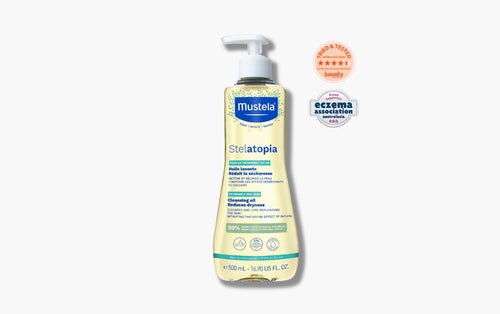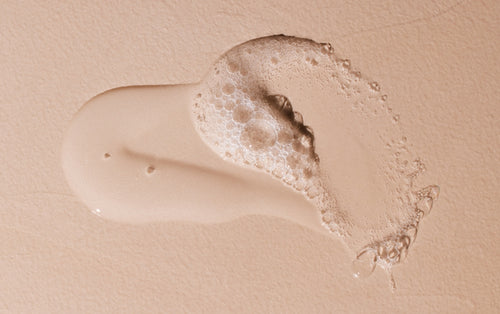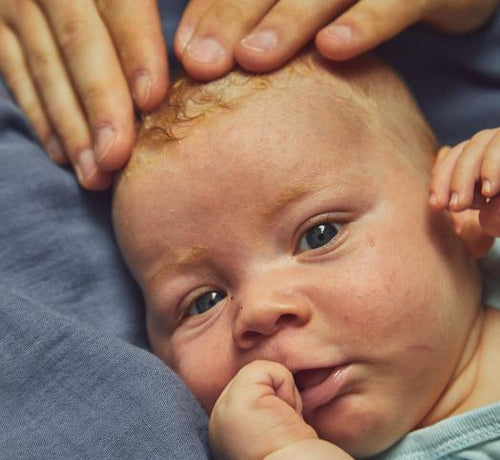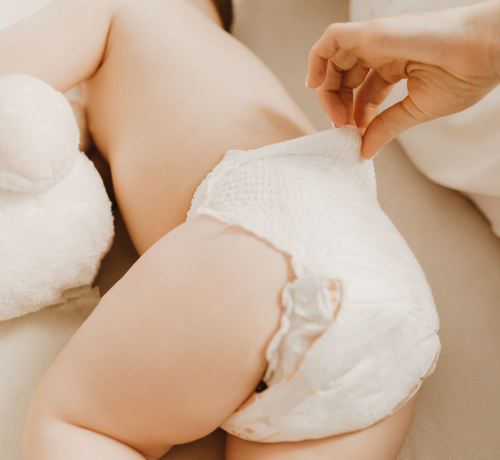For this to be possible, starting from birth, your baby has to improve his muscular control and the way in which he coordinates his movements day after day. He does this through a range of different experiences. And while his brain is developing, he gains weight and grows: his arms and legs become longer, and his muscles become stronger.
Support him at each and every stage of his development by giving him attention, encouraging and congratulating him, as well as giving him new activities to do as he develops: this way, you will stimulate his senses and help him progress. Also, have faith in what he can do: your child will sense your trust, and this will give him even more strength to move forward.
And if your baby does not reach each milestone in accordance with the schedule described in books on child development, don't worry! Although there are a number of markers suggesting the average ages at which children pick up certain skills, they develop their motor skills at their own rhythm, and many factors can influence this: whether they are premature (or born at term), their build, their temperament, the kind of stimulations that they receive, etc. Regular visits to your doctor will be opportunities to check that your baby is developing correctly.
At childbirth
When your baby comes into the world, his limbs are bent, and the back of his neck and his bust has very little tone. He is unable to support his head by himself for longer than just a few seconds: do not forget to place your hand behind his neck when you pick him up! His movements are involuntary and primitive. He has several primitive reflexes that will disappear during the following months :
- If you caress his cheek, he turns his head in the direction of your finger and opens his mouth to feed.
- A finger placed in his mouth triggers a sucking reflex.
- If you pick him up a little too abruptly or he feels physical discomfort, he flings his arms and legs out with his hands open, then bends his limbs back again: this is the Moro reflex.
- Held in a vertical position on a surface, he automatically takes a few steps: your baby already knows how to walk but will soon forget and learn how to do it again in a better way later.
- If you stroke the palm of his hand with one of your fingers, he will grab hold of it and hold on to it tightly.
At around one month
- You can catch your baby's eye by positioning yourself near his face and gently moving; he will follow you with his eyes.
- He will have a "silly smile" on his face when he feels good.
At around two months
- Your baby can hold his head straight for a few moments, but then it becomes unsteady.
- If you hold him in a sitting position, his back is still unsteady, and he remains bent.
- He sucks his fingers.
- Between one and two months, he starts giving you his first real smile in response to your prompting.
At around three months
- Your baby can now hold his head straight when you hold him in your arms.
- His back is more toned when you hold him in a sitting position.
- If you lie him down on his stomach, he lifts his head and rests on his forearms for a few moments.
- Lying on his back, he takes turns in stretching and bending his legs.
- He is fascinated by his hands, and he spends a lot of time looking at them.
- If you put a rattle in his hand, he automatically holds on to it and then lets it go.
At around four months
- Lying on his back, your baby explores his body by caressing his tummy or knees. He can also roll over onto his side.
- He can succeed in holding an object placed in his hand for a few moments, but then he often loses it.
- He puts his hands together and holds them tightly closed.
- He turns his head when he hears a noise.
- He starts laughing out loud.
At around five months
- Lying on his back, your child begins to "pedal" and play with his little feet.
- He succeeds in sitting up for a short time if you support him with cushions.
- He grabs an object within his reach and takes it to his mouth to suck it.
- He smiles at his reflection in the mirror.
At around six months
- Placed on his stomach, he succeeds in rolling over onto his back.
- Lying on his back, he plays with his feet and takes them to his mouth. He also lifts his head and his torso to try and sit on his own but is unable to do so.
- He holds out his arms for you to pick him up.
- He holds his toys without a problem. He lets them go if you hold out another one for him.
- When you support him in a standing position, he makes bending and extending movements with his legs – like a spring: this is the "jumper" stage.
At around seven months
- Your baby can now sit up, and it's a great victory for him! In this position, he holds his back and his head very straight without moving.
- Lying face down, he is able to support himself with one hand and grab a toy with the other hand.
- He can roll over from his back onto his stomach and from his stomach onto his back.
- He passes his toys from one hand to the other without dropping them and taps with them on the table.
At around eight months
- In a sitting position, your baby can lean forward and grab a toy, then straighten himself again without falling over. He supports himself with his hands to keep his balance.
- Lying on his back, your child can sit up on his own by supporting himself on one of his arms.
- He can drink from his bottle or a sippy cup on his own.
At around nine months
- From his sitting position, your baby spins around on his bottom to face in another direction.
- Placed face down, he knows how to get onto all fours (in a "bear" position), but he cannot yet manage to move forward. On the other hand, he can move by crawling and leaning on his forearms. But first of all, he moves backwards!
- He succeeds in standing for a few moments, holding onto the rails of his playpen, a piece of furniture or your hand, but he falls back into a sitting position.
- He grasps small objects between his thumb and forefinger.
- He holds his toys out to you and gives them to you.
At around ten months
- Your baby can crawl on all fours and can even move quite quickly. He has finally conquered mobility! Do not panic, however, if your child does not adopt this method of moving: some babies go directly to walking without crawling on all fours.
- He stands up by going onto his knees, first of all, then going into a half kneeling position with one knee on the ground and the other flexed supported on his foot. From this position, he pushes on his feet while holding onto something with • his hands and up he comes into a standing position!
- If your child manages to stand up by holding onto the bars of his playpen or crib, he will probably be walking within around three months.
- He can manage a few steps holding onto furniture but frequently falls down.
At around 11 months
- Your baby can stand without support for a few moments.
- In a standing position, by holding on with one hand, he manages to lean over to pick something up from the floor.
- He can walk when you hold both of his hands or by holding onto furniture.
- You may be surprised by his "clown-like" gait with arms and legs spread wide, but this amusing posture is perfectly normal and enables him to keep his balance. He will gradually reduce the space between his legs, which will give him self-confidence and move from one support to another, letting go of them.
- He will point his finger at objects that interest him.
- He waves "goodbye" with his hand or claps his hands for "wll done".
Between 12 and 15 months
- On average, towards 14 months, your baby can walk on his own. What an amazing achievement in such a short amount of time!
- He can stand on his own without support
- He can climb stairs on all fours.
Every baby has its own pace of development; if certain milestones aren't met exactly on schedule, there’s nothing to worry about. Some developments may come a bit later, or on the contrary, some things may come earlier.

